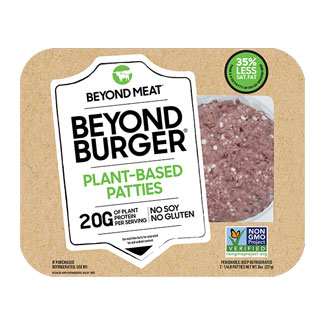If you have, do you know what each one of the substances is?
Is a stick of chewing gum more of a “cancer stick” than a cigarette?
As you will see below, commercial gum products are some of the most toxic substances that you can expose your body too and literally can lead to some of the worst diseases on the planet.
Here is a list of the most common ingredients in the most popular chewing gum products on the market:
- Sorbitol, Xylitol, Mannitol, Maltitol
- Gum Base
- Glycerol
- Natural and Artificial Flavors
- Hydrogenated Coconut Oil and Starch
- Aspartame –Acesulfame
- Soy Lecithin
- Colors (titanium oxide, blue 2 lake, red 40)
- BHT
- Malic Acid
- Citric Acid
Ingredient #1: Gum Base.
Imagine if someone came up to you and said, “Hey, would you like to chew on some tire rubber and plastic?” You probably would politely decline and want to report this person to a doctor for a psychological evaluation. “Gum base” is a blend of elastomers, plasticizers, fillers, and resin. Some of the other ingredients that go into this mix are polyvinyl acetate, which is frequently referred to as “carpenter glue” or “white glue”. Paraffin wax is another ingredient that is a byproduct of refined petroleum. Is chewing plastic, petroleum and rubber safe? As you chew, these substances leach into the mouth and body.
The controversy surrounding this substance is widespread. It is one of the most body toxic substances we can consume. The political corruption and money trail behind this agent of disease is a mile long. Aspartame has been linked to all of the major brain diseases including Alzheimer’s and ALS. It is also considered a prime contributor to many other diseases such as diabetes, multiple sclerosis, asthma, obesity, and many others. It is in many diet products on the market today, but in the long run actually contributes to obesity due to his extreme acidity. Aspartame is an excitotoxin, which over excites neurons in the brain until they burn out and die. Dr. Russell Blaylock is the leading expert on Aspartame and other excitotoxins and I would highly encourage you to see the documentary entitled “Sweet Misery: A Poisoned World”.
Hydrogenation is chemical process that adds hydrogen across a double bonded carbon. This is done to increase the shelf life of a product, turning oil into a more plastic like substance. This process also creates Trans fats, which are now known to be very harmful to health.
Titanium dioxide is a nanoparticle that is very common in sunscreen and many other health products, including synthetic nutritional supplements. New evidence is leading in the direction of this substance being carcinogenic, leading to cancer. We as humans are drawn to things that are colorful. Artificial food colorings, such as red 40, are made from petroleum and are dangerous to our health. Many people have extreme allergies to these substances and they have been implicated in contributing to ADD and other disorders and diseases.
These sugar alcohols are originally made from sugar, but are altered so much that they are considered sugar free. As a general rule, when nature is altered and changed to make a “better” product, more often than not, the result is something that is not healthy. Some even go so far as to say that these products are far worse than sugar and can stimulate weight gain. Other side effects can include abdominal pain and diarrhea. Is sugar alcohol better than sugar? Neither are good substances, so comparing the two is somewhat pointless.
Every time you chew gum, your brain is tricked into thinking that you are eating food. Therefore, it sends signals to your stomach, pancreas and other organs involved in digestion to prepare for this “food”. Your salivary glands and pancreas will begin to emit enzymes, which are necessary to digest food and absorb nutrients from food. Constant emission of enzymes over time will deplete enzymes and over time this process can slow down. If you are not breaking down and absorbing food properly over time, you will get disease because the body needs nutrients to rebuild and thrive.
A great alternative to chewing gum is to carry around a small bottle of organic food grade peppermint oil and when you would like fresh breath, just put one drop in your mouth and you will have achieved the same effect. You can find many food grade oils that are wonderful for helping you have fresh breath.
_______________________________________________________
PLEASE DONATE TODAY, IF the Holy Spirit impresses you, (donate button below and on the side) so I can continue to help others. Thank you! If you can't see the donate button or want quick access – use this link: PayPal.Me/ReneeB
Got the info online.







